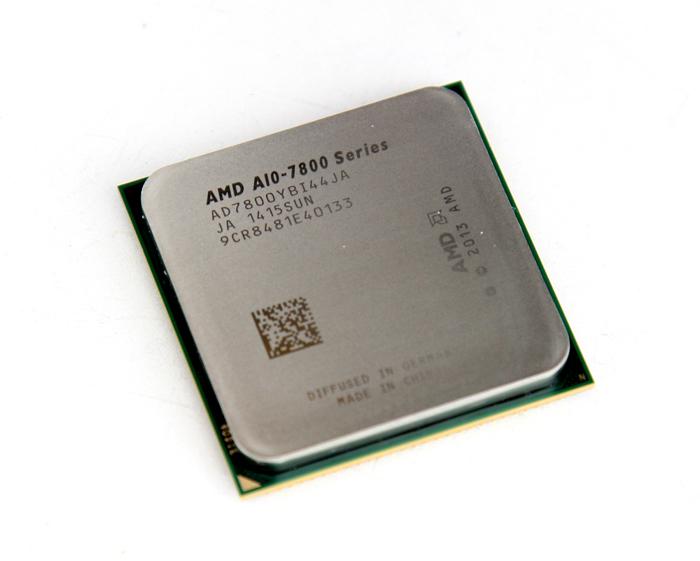Introduction
AMD updates Kaveri APU Line-up
Here on Guru3D.com you have been able to read numerous APU reviews from AMD. Well, you can add one more as AMD is updating it's APU line with a few new models today. AMD today releases the A10-7800, A8-7600 and A6-7400K APUs. We will review the all new A10-7800. This APU is based on AMD's new Kaveri architecture bringing the CPU and the GPU even closer together as the two "segments" now really have been merged into the die. Kaveri will aim at several segments in the processor business like notebooks, desktops, embedded and even server solutions. Armed with a whopping 2.41 Billion transistors and based on a 28nm fabrication process we look at the mainstream Kaveri APU, the AMD A10-7800. Now in this review we'll focus on the desktop APUs and within this segment AMD initially will release three processors. In the A8 series we'll see the A8-7600 and then in the A6 range we see the A6-7400K APU. Our focus today is the AMD A10-7800 series APUs, each have have 4 Steamroller CPU cores tied to a unified 4 MB L2 cache and will carry a 95, 65 or 45 Watt Thermal Design Power. With improved performance levels the APUs now can be considered a more mainstream product, you'll notice a decent speed improvement on the processor side and a significant increase on the GPU side of the APU. The big distinction here is that the CPU and GPU really have been merged, sharing the very same memory pool and they can address each other; making this a much more efficient design compared to previous architectures. Combined together, they offer a nice amount of processor performance, especially with OpenCL and GPU assisted applications. Yeah that hybrid symbiosis called APU remains hard to beat in terms of features performance. Kaveri APUs offer up to 12 compute cores in total (AMD adds 4 x CPU cores to 8 x GPU cores to get to this figure). The new chips also include AMD's TrueAudio technology and thus come with an integrated DSP.
Now I always add a few lines on the definition of an APU, as Intel simply sticks to processor, and AMD is very keen to call their processors APU these days. So here we go again. APUs are able to combine the potential of the processor and GPU together to enable a new class of compute performance in today’s PCs. Back in 2012 AMD introduced a series of AMD A10 "Trinity" APUs as mobile and notebook solutions. Trinity APUs where the successor of the AMD A4, A6 and A8 Llano-processors. AMD then marched onwards with Richland, basically a re-spin of Trinity. And as such we now have arrived at Kaveri with a Steamroller CPU core architecture and Radeon 7000 GCN series graphics. Make no mistake though, A10 and A8 APU processors remain entry level to mid-range targeted processors, please do understand that very clearly. So with the CPU and the GPU now pretty much being merged together we now understand why this architecture was called Kaveri, Kaveri is a large Indian river in which multiple streams of water flow together and is emptying into the Bay of Bengal through two principal mouths. Kaveri is the euphemism here with both the CPU and GPU merging together.
The AMD A10-7800 APU
The new 173 USD AMD A10-7800 has eight Radeon cores totalling towards a nice 512 shader processors clocked at 654 MHz base and 720 MHz boost. The cheaper models 7700K and 7600 are more mainstream and will get one cluster less on shader processors, totalling towards 384 Shader processors. The APU memory controller supports up to DDR3-2133 MHz memory speeds. The 7700K and 7600 are more on par with the last generation performance IGP wise, but do benefit from the GCN architecture, HSA and HUMA. But we'll talk about that later on in the article. Next page please, where we'll go a little more in-depth. But hey, have a peek at the A10-7800 APU first.

The '12 core' has in fact 4 CPU and 8 GPU cores - AMD A10-7800 APU

